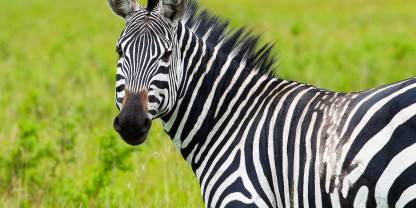Akagera National Park offers fantastic birding. Of the 480 species recorded, 100 birds are not found in any other protected area in the country. Akagera is Rwanda’s second most important birding site after Nyungwe National Park, and the two parks complement each other perfectly – most birds recorded in Rwanda can be found in one of the parks. A boat trip on Lake Ihema is a must for serious and casual birders alike. The highlight is a small island where thousands of birds, including cormorants, darters, herons, ibises and African openbills, roost.
Birding Specials Treats for Avid Birders
- Amur falcon
- Beaudouin’s snake eagle
- Black-crowned night heron
- Blue-headed coucal
- Blue-shouldered robin-chat
- Blue-spotted wood dove
- Booted eagle
- Brown-chested lapwing
- Cabanis’s bunting
- Cardinal quelea
- Carruthers’s cisticola
- Caspian plover
- Crested barbet
- Denham’s bustard
- Dimorphic egret
- Double-toothed barbet
- Eleonora’s falcon
- Grasshopper buzzard
- Lesser jacana
- Lesser moorhen
- Marsh owl
- Marsh tchagra
- Martial eagle
- Moustached grass-warbler
- Northern brown-throated weaver
- Papyrus gonolek
- Pennant-winged nightjar
- Red-faced barbet
- Red-winged francolin
- Ring-necked francolin
- Ross’s turaco
- Ruaha chat
- Rufous-bellied heron
- Semi-collared flycatcher
- Shelley’s francolin
- Shoebill
- Short-tailed pipit
- Slate-coloured boubou
- Slender-billed weaver
- Sooty falcon
- Souza’s shrike
- Striped pipit
- Tabora cisticola
- Western reef heron
- White-winged swamp warbler
- Yellow-bellied eremomela
- Yellow-throated leaf-love
Best Time for Bird Watching
The birdlife in Akagera National Park is good year-round. Each season offers a different array of species. The Dry season, from June to September, is best for francolins, many wetland birds, nightjars and owls. The early rainy season, in October, is best for lapwings and many open grassland birds. Songbirds are most active from September to November and again in March and April. Colonial breeding waterbirds, such as cormorants, darters, herons, storks and ibises, mainly breed from February to July. Migratory birds are present from November to April.

